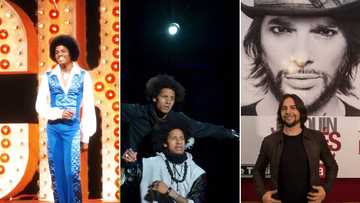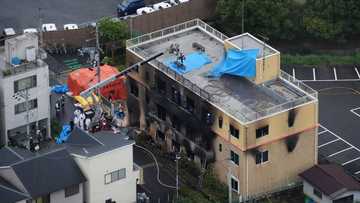Koroso dance history in Nigeria
Koroso dance is one of the most popular dances in Nigeria. Dances that have survived generations and centuries, dances that are still popular even today, with all those modern moves and music available everywhere. What’s there behind it? How did everything start? What are the roots of these dances and their traditions?
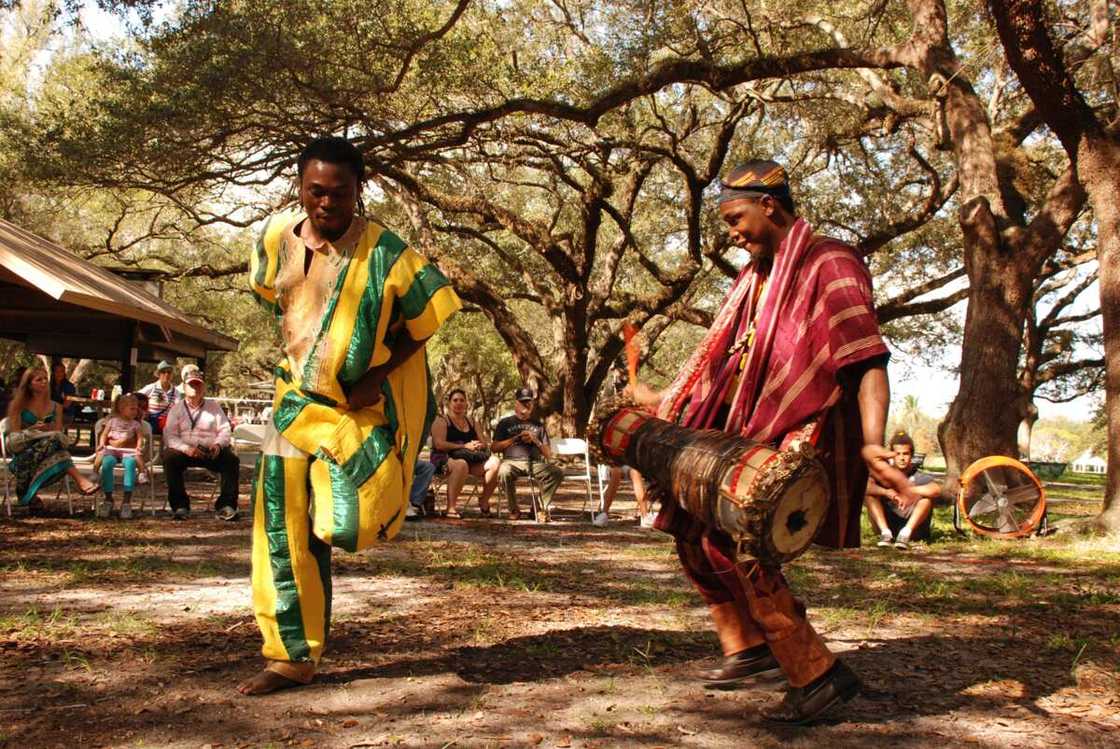
Image source: shutterstock.com
A look at the Koroso dance background
In accordance with the information recorder by researchers, Fulani and Hausa tribes had big festivities even before the arrival of the Sokoto Caliphate. As a rule, these festivals took place during the season of the hot and dusty wind known as harmattan. This season was the closing one in the annual cycle. During this season, people joined to celebrate the beginning of another year and have some fun.
READ ALSO: How to dance Shaku Shaku: step by step guide
However, just having festivals appeared not to be enough. After close contact with other countries and cultures, a member of the Kano College community had an idea of mixing the traditional Fulani musical instruments with other musical instruments taken from the Hausa culture. As a result, he created something unusual and outstanding.
This happened in 1972 and his idea was supported by a talented dancer. Together, they picked out the most interesting movements out of traditional Fulani and Hausa dances and combined them into a pretty, charming blend named Koroso. The name was taken from special decorations attached to dancers’ legs: the items produced a mysterious rattling noise that accompanied the dance so well.
Since that time, the Koroso dance has become an unofficial symbol of Kano State, which gradually became almost official. There was no formal occasion or a festive event that would go without this dance.
In 1972, the dance was represented in Kaduna and after that performed at a global festival held in Lagos in 1977. This was the time when the federal government paid efforts and money to send the dancing group to the Americas and the Caribbean islands.
Koroso dance among Nigerian dances
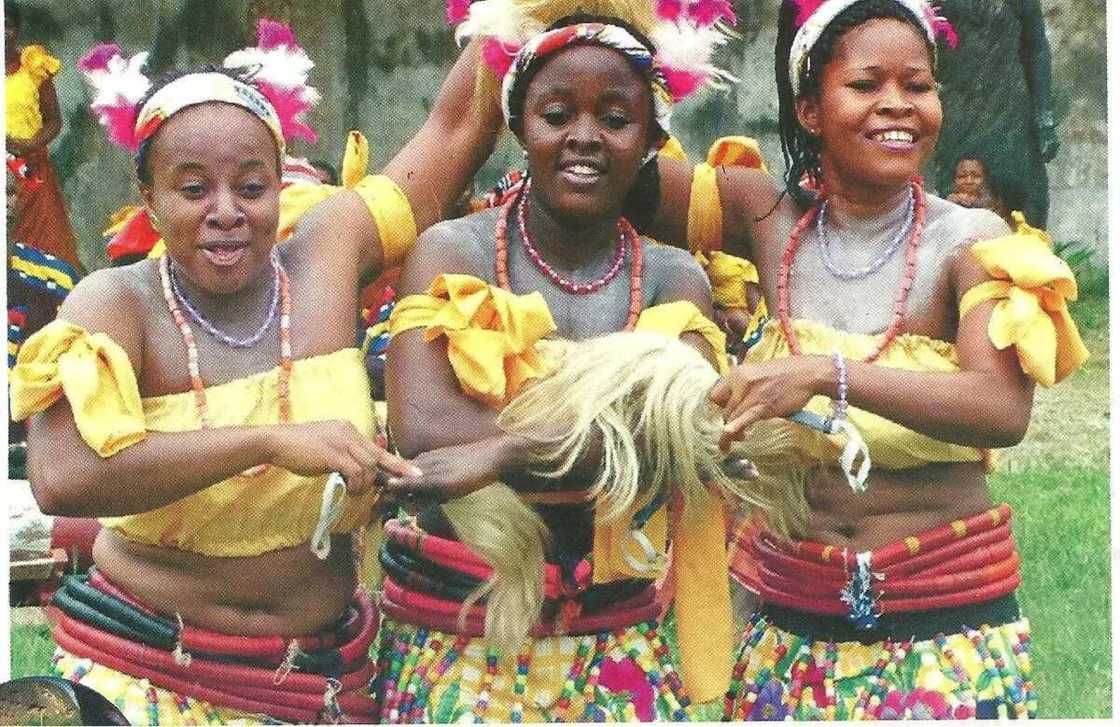
Image source: youtube.com
Koros dance is not the most complicated one among the existing traditional dances in Nigeria. Still, it requires a lot of attention and skills because sometimes the movements and figures created by the dancers’ bodies look incredible.
Quite often, this dance is done in pairs, while both performers help each other and overcome the competitors within the same dance. The performers wear special leg items, which create a specific noise and additional sound to the music.
However, within the recent decades, the dance has undergone certain changes. In 1987, a group of young people performed a dance dedicated to the harvest season and their moves were added to the existing Koroso dance.
READ ALSO: Traditional dances in Nigeria and their meaning
Everything began with only three dance steps:
- Dangwarirya
- Gaisuwa
- Gwamna Mai Baza
The additional ones that came later were much more numerous and the dance became far more diverse:
- Mai Fula Fulai (of the Hausa origin)
- Nyore Nyore (of the Fulani origin)
- Banjo (of the Fulani origin)
- Rawar Noma (of the Hausa origin)
- Taro Na Bata (of the Hausa origin)
- Rawar Bindiga (of the Hausa origin)
- Gwauro Ina Matarka (of the Hausa origin)
Some time later, the dance was modernized even further, especially after some smaller dancing groups included modern moves borrowed from the performance of Michael Jackson, MC Hammer, and others.
Koroso dance as a means of popularization of Nigerian traditional dances
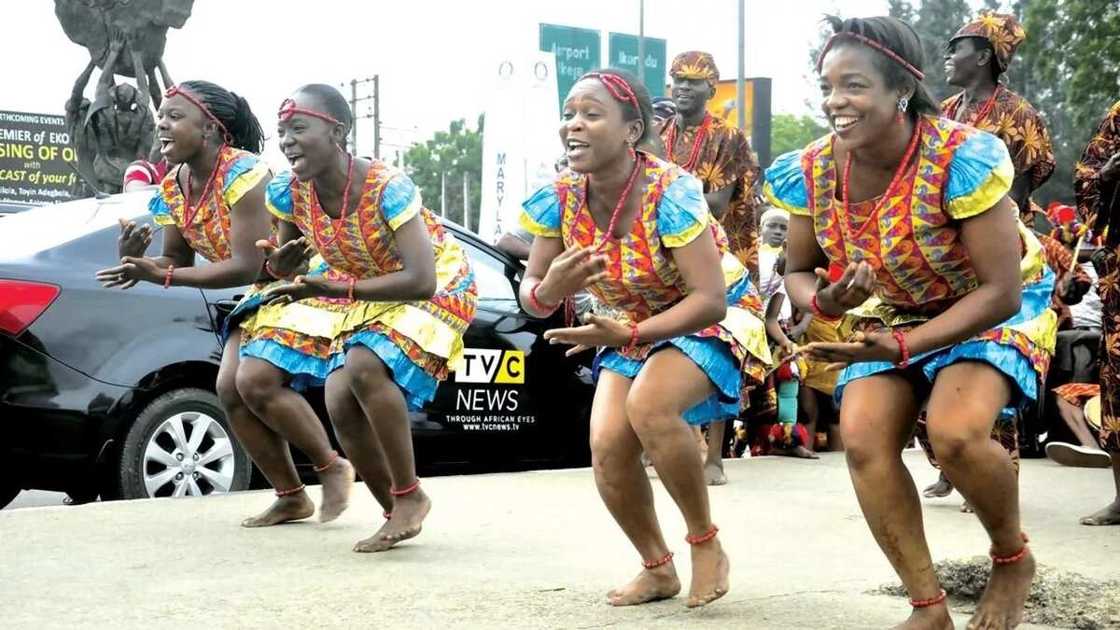
Image source: youtube.com
This Nigerian dance is being performed in such a way that every change in the music means a transition from one dancing style to another. There’s a leader of the group and this leader order the rest what to do at a certain moment of time. The dance can be performed only by skilled and trained dancers because the movements involve every part of the body with a lot of attention to the synchronization of every step.
There’s one official group that performs the Koroso dance when it’s necessary and where it’s necessary. A number of minor dancing groups have appeared in Nigeria and each of them performs a different variant of Koroso.

Image source: youtube.com
It’s interesting that while the dance is said to have its roots in the cultures of Hausa and Fulani is now performed by people from the eastern and southern parts of the country. This is one of the reasons why Koroso is one of the most popular dances in Nigeria: it speaks all languages.
Historians from Kano State claim that the performers are among the leading keepers of the Fulani-Hausa cultural heritage. They suggest that government should give all efforts to ensure that the dance receive global promotion and fame. After all, any ethnic heritage should be protected from the extinction and cherished with love.
READ ALSO: Importance of art in Nigeria
Source: omgvoice.com
Source: Legit.ng


